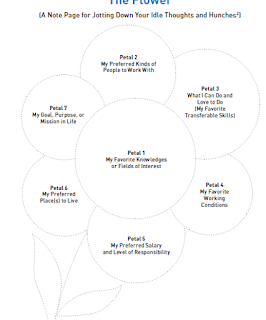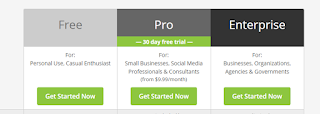We cannot generalize about employers. Bolls says we have to look at from this point, "All employers divide for you in just two tribes: employers who are interested in hiring you for what you can do; vs. employers who are bothered by what you can't do" (Bolles 225). This gives us a different perspective and a different way to think about the hiring process, Once we think like this, we can begin to focus on dealing with out handicaps. No matter how many times you get turned down we have keep focus on getting that job and fitting in the right place. Find the one who focuses on what you can do.
We need to keep in mind that not everyone is perfect. Everyone is handicapped in one way or another. There are so many skills and abilities out there. Its hard to know every single skills. So to say that a person is handicapped in one way or another is pretty accurate. But instead of keeping your mind on what you can't do, think about what you can do.
To help you out, create a list of skills that you have and skills that you do not.
Find a list of transferable skills. Put the skills in each perspective column. Then pick out you favorite skills and which ones you love to do. For the skills you do not have, do some research on them. Look them up on google and find an association that deals with your disability. Contact the association and find out what information they have on it.
There are many things that are considered handicap. But, according to Bolles, shyness is one of the top handicaps. Daniel Porot developed a way for people to get over their shyness. This is called the PIE method.
He even made a chart to help individuals understand and utilize the method.
Use this chart to help you get over you shyness and rid of this handicap. Handicap are the barriers to us getting jobs. Let get over the ones we can and use the many resources that are available.
He even made a chart to help individuals understand and utilize the method.
Use this chart to help you get over you shyness and rid of this handicap. Handicap are the barriers to us getting jobs. Let get over the ones we can and use the many resources that are available.
















